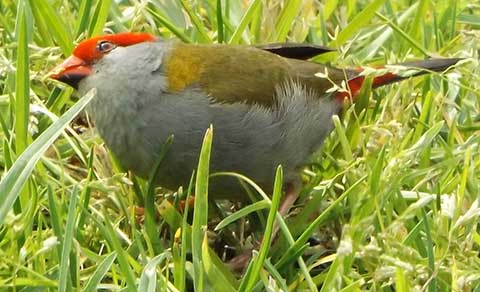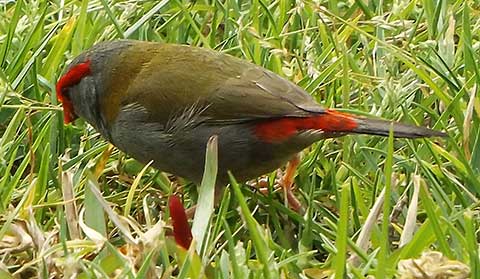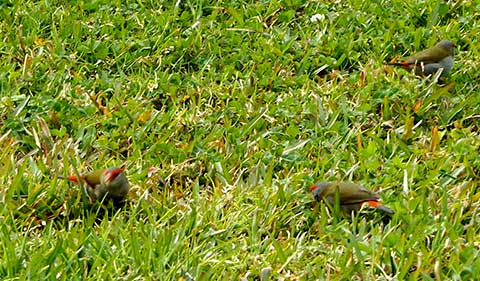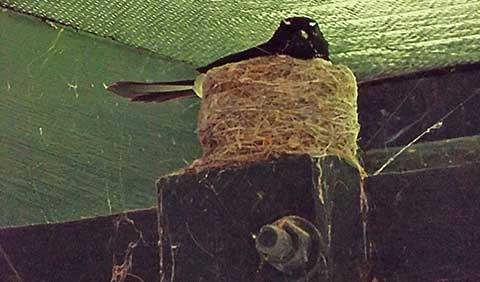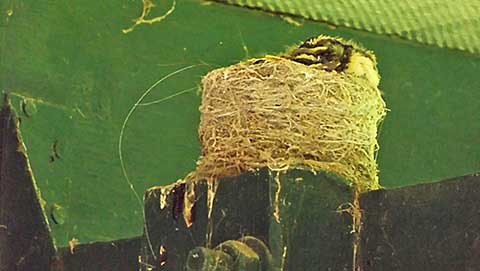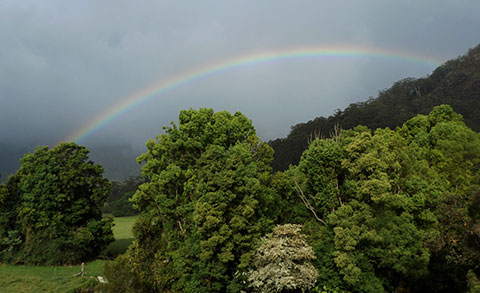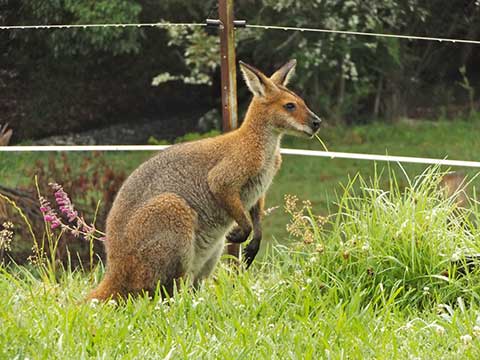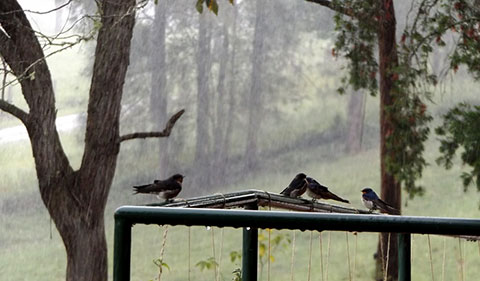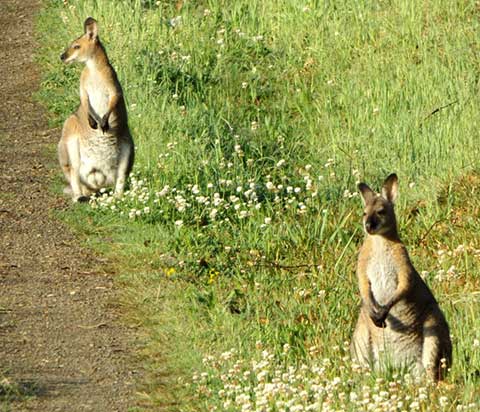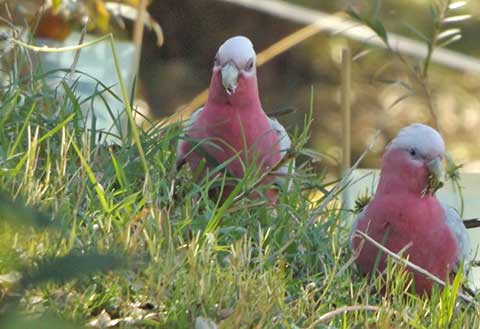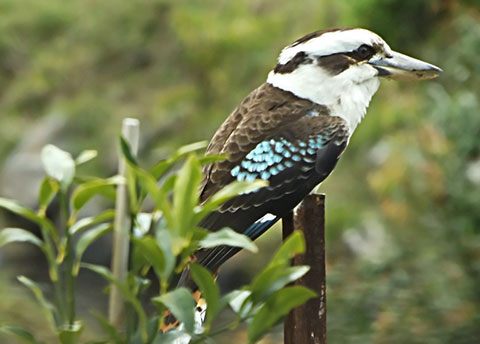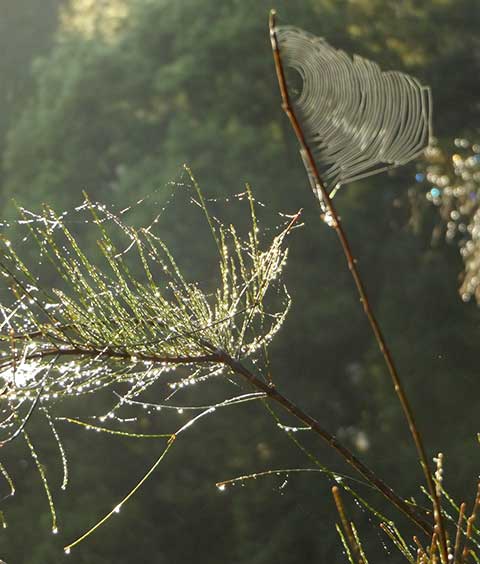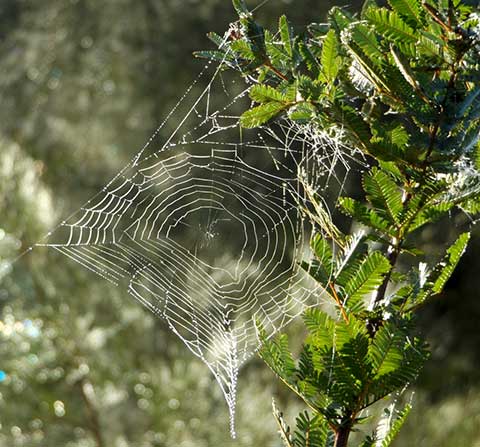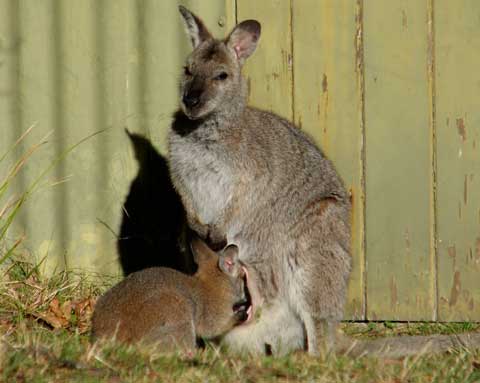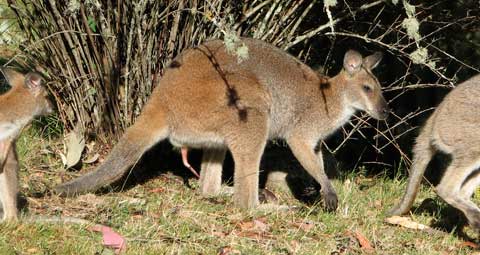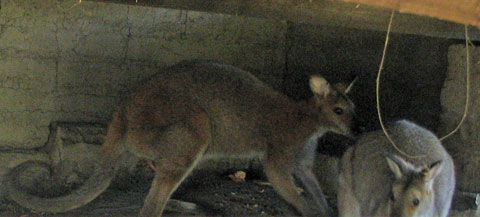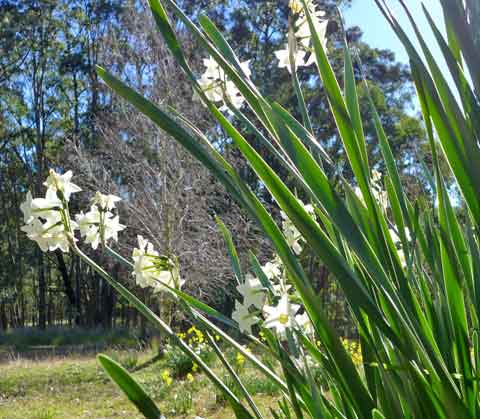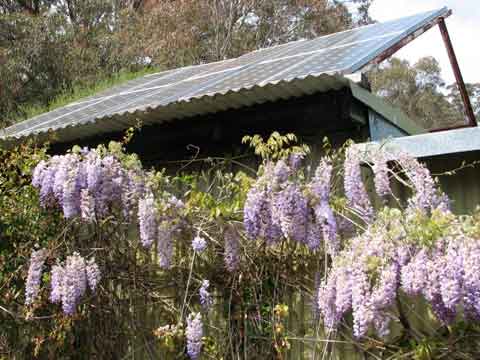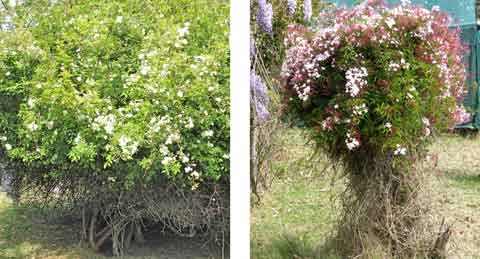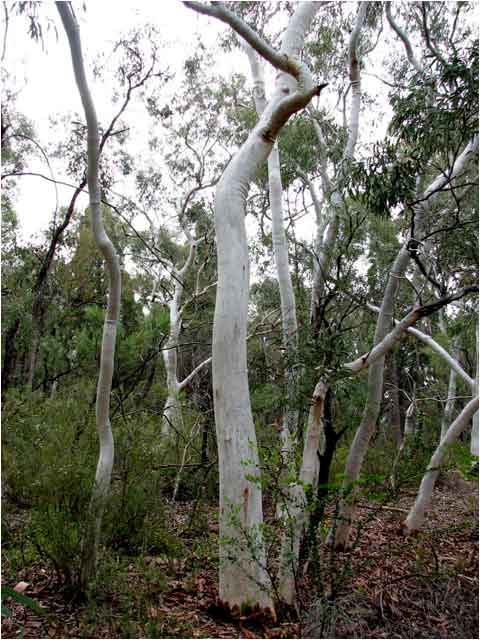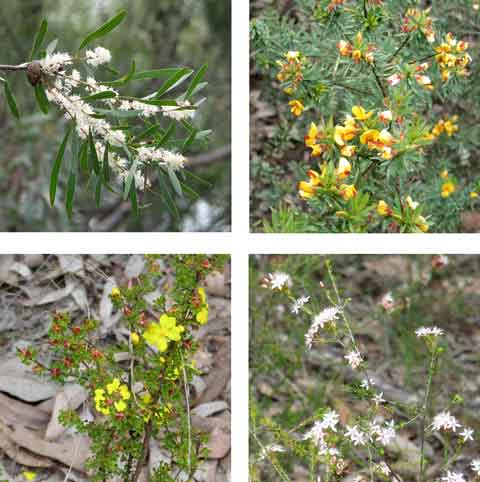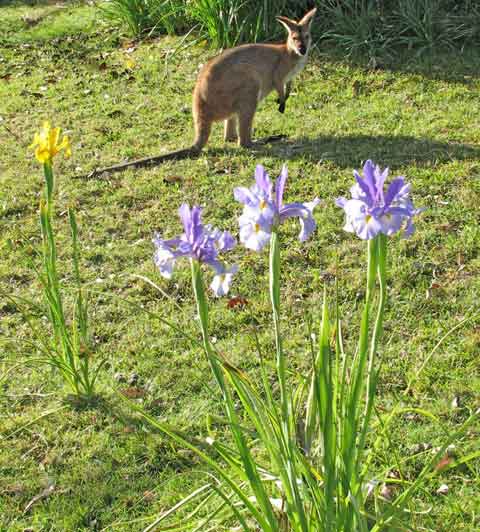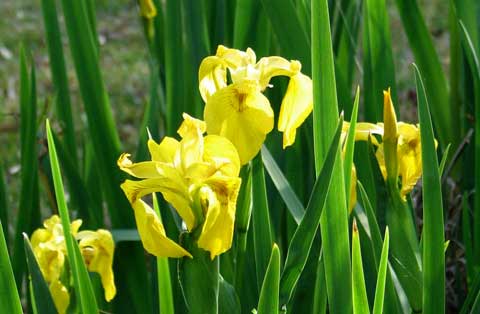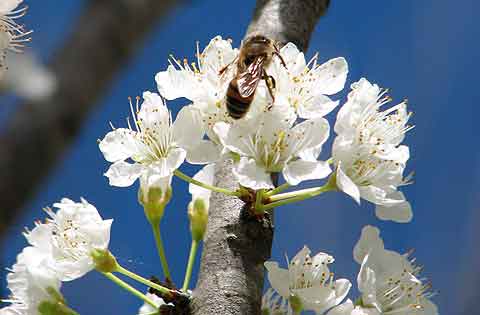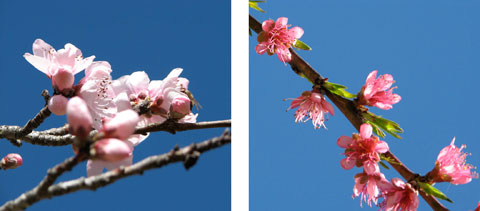After last weekend, my spirit was in sore need of healing. Especially as I’d spent, not just Saturday, but the past week in town standing on hard cement all day each day, offering hopeful one-liners and how-to-vote leaflets for The Greens at the pre-poll booth too.
So getting back to the Mountain was urgent.
And no, I’m not going to comment on the election results, except to say that it is imperative now that we all get more active regarding climate change if our grandchildren are not to inherit a nightmare world.
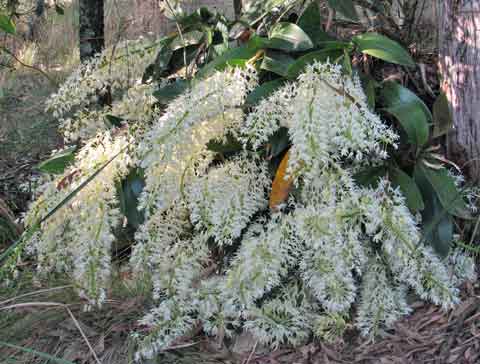
In the hot week away, Spring had forced many early flowerings: Jasmine, May, Wisteria, Pittosporum… scents and sights as balm for my soul.
The rock orchids above the outdoor loo were truly stunning — a frothing shower of white on one clump, while the other’s slight delay gave honeysuckle varied tones.
In the early morning light, as they caught the first sunlight, they were breathtaking.
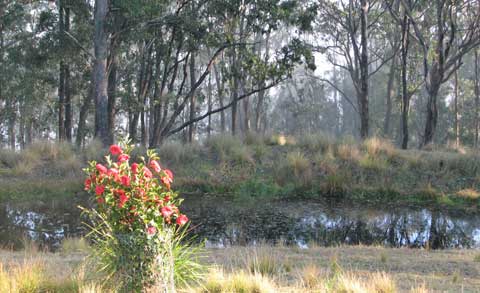
Unfortunately the warm weather had also brought increased bushfire worries, as escaped hazard reduction burns linger uncontrolled in difficult country.
The air was smoky anyway but on this morning it mingled with early rising mist and this newly blooming camellia glowed like a beacon before it. As with all my camellias, it is unattractively swathed in netting to keep the wallabies and roos from eating it. The camellias were all grown from cuttings from an old garden, so are especially precious.
Even a few days there helped restore my positivity before I had to go to Sydney to speak at the 350º Divestment Forum. Always a boost to see so many people passionate about acting to save our only planet.
